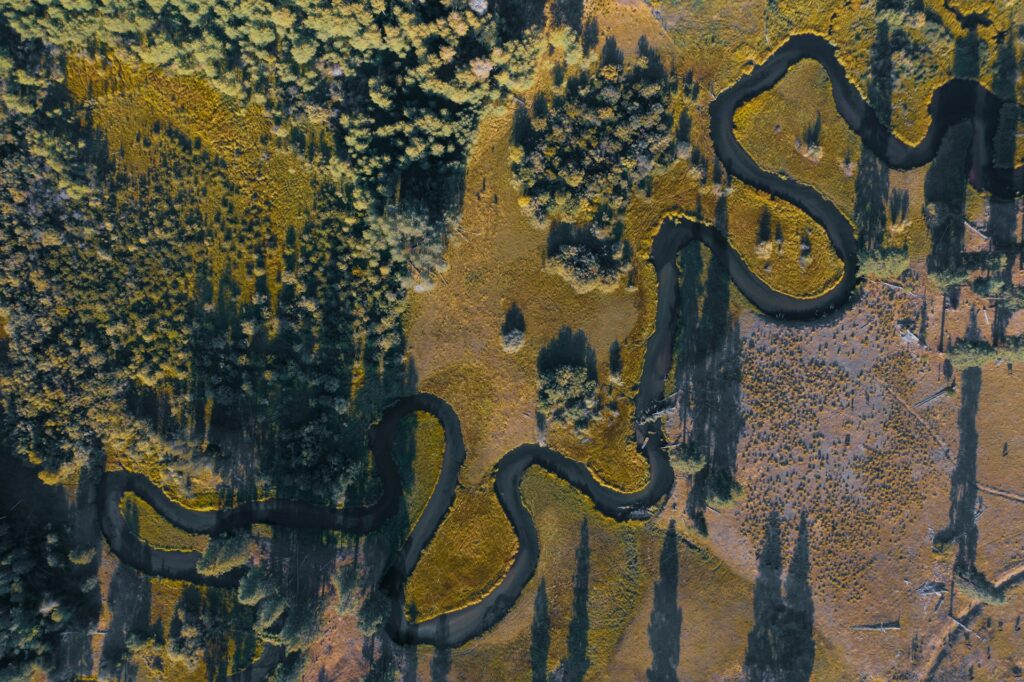In this abstract, BWI delves deep into the nuances between water takings and consumption, drawing examples from diverse regions globally.
Continental freshwater is an indispensable resource for sustaining life, supporting ecosystems, and driving economies worldwide. In the realm of water management, two crucial terms emerge: water takings and water consumption. While these terms may appear interchangeable, they embody distinct concepts pivotal for effective resource management and environmental conservation. This abstract by BWI delves into the nuances between water takings and consumption, drawing examples and statistics from diverse regions globally.
Water takings denote the withdrawal of water from natural sources for various purposes, including agriculture, industry, and domestic use. In India, for instance, agriculture accounts for approximately 80% of total water takings, primarily for irrigation (Central Water Commission, 2019). Nepal mirrors this trend, with irrigation being a significant consumer of water takings, underpinning the country’s agrarian economy (Ministry of Irrigation, Nepal, 2020). On the other hand, water consumption signifies the utilization of water in ways that render it unavailable for immediate reuse within the same watershed. In Switzerland, industrial water consumption is notable, particularly in manufacturing and chemical sectors, where water serves as a solvent, coolant, or raw material (Federal Office for the Environment, Switzerland, 2020).
The distinction between water takings and consumption is pivotal, especially concerning sustainability and ecosystem health. While water takings may temporarily deplete water sources, much of the withdrawn water can be returned to the environment through processes like wastewater treatment. However, water consumption poses a more significant challenge as it leads to the irreversible loss of water, exacerbating water scarcity and ecosystem degradation. The International Energy Agency highlights that the global energy sector accounts for approximately 44% of total water withdrawals, primarily consumed through evaporation in cooling systems (International Energy Agency, 2020).
Efficiency in water use is paramount for mitigating the impacts of both takings and consumption. Improving water use efficiency through technological advancements and sustainable practices can alleviate strain on water resources. However, effective water management necessitates policy interventions and cross-sectoral collaboration. By implementing regulations to limit water consumption in water-stressed regions and promoting water-saving technologies and the reuse of water, policymakers can foster sustainable water use and safeguard freshwater ecosystems.
In conclusion, understanding the distinction between water takings and consumption is imperative for sustainable water management globally. By recognizing their divergent impacts and addressing them through targeted policies and initiatives, we can navigate the complexities of water resource management and pave the way for a more resilient and water-secure future.
Here are pointers to the references used in this article:
